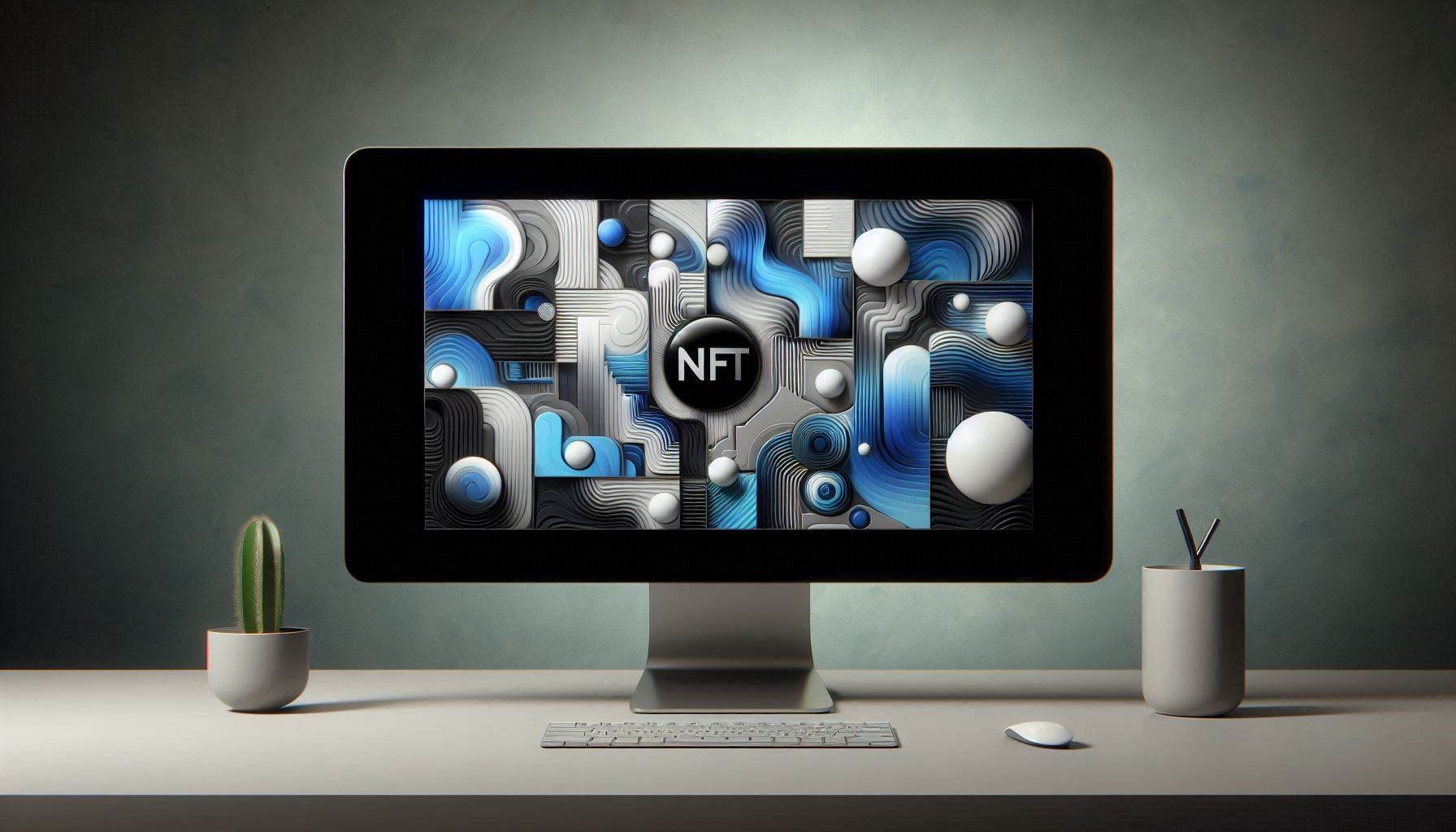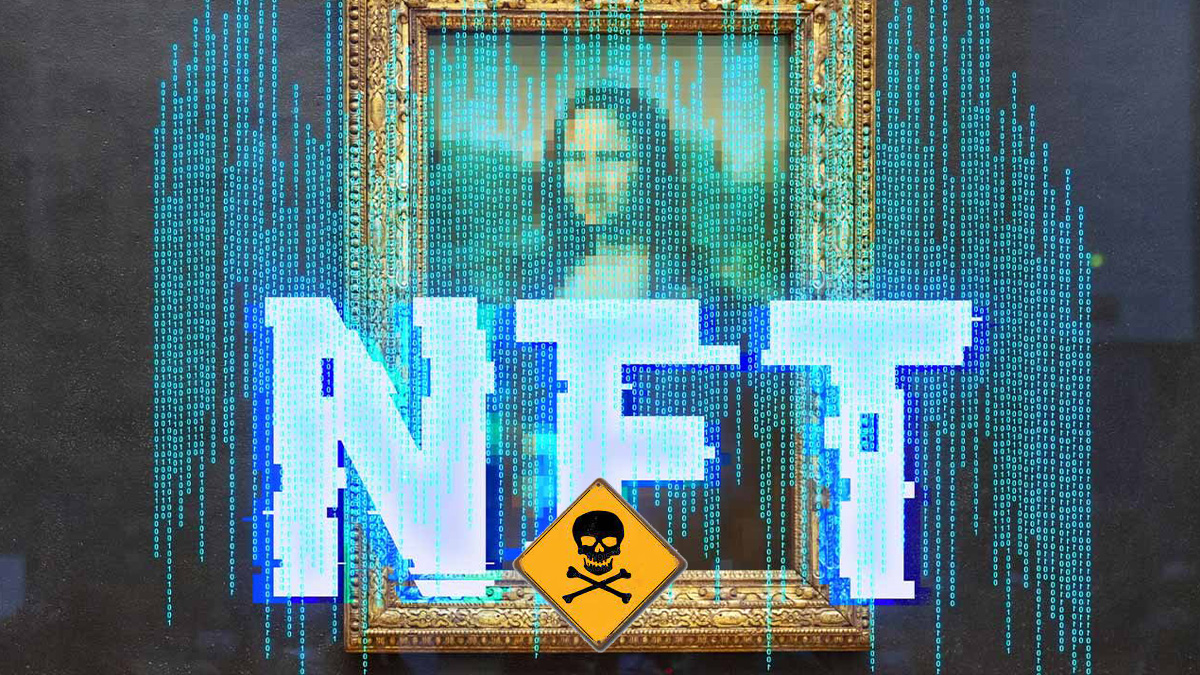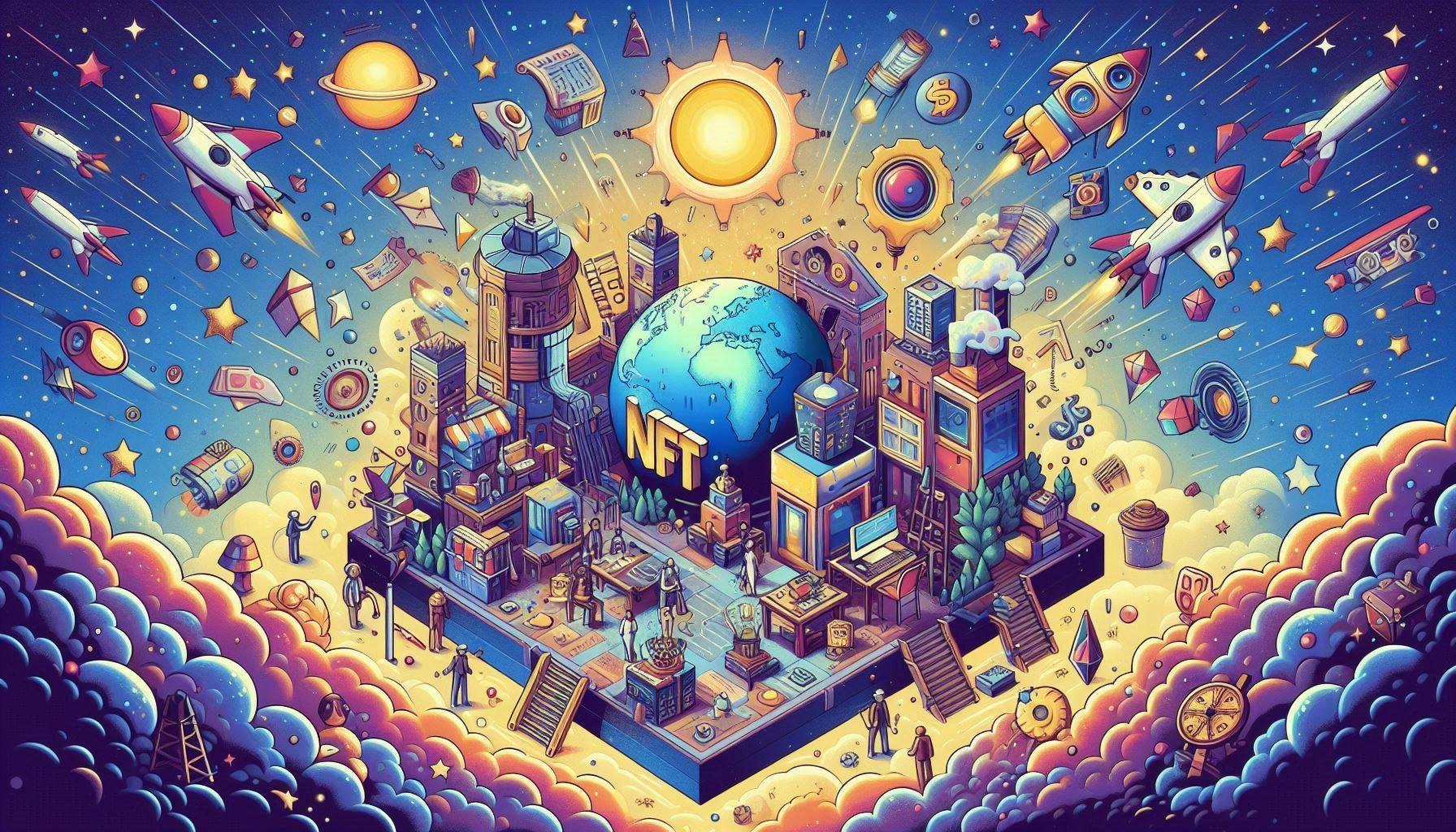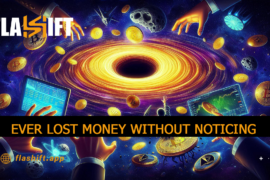Non-Fungible Tokens (NFTs) have developed much further with their initial cooperation with digital art. As we proceed in 2025, NFT industries are shaping industries such as real estate, gaming, fashion and even identity verification. With blockchain technology proceeding, these digital assets are unlocking new opportunities for ownership, safety and mood. In this guide, we will find out what is the future for their ability in emerging markets and this transformative technology, beyond the world of art.
What Are NFTs?
Maybe it’s your question that What Are NFTs and How Do They Work? NFTs are unique digital assets stored on a blockchain, which prove the ownership and authenticity of objects such as artwork, music, virtual and more. Unlike cryptocurrency such as bitcoin, NFT cannot be exchanged one-to-one because each token has different properties.
Built on blockchain networks such as Ethereum, NFTs enable safe, transparent transactions, making them valuable for creators, collectors and businesses. In 2025, NFTs continue to expand beyond digital art, affecting industries such as gaming, real estate and intellectual property.
Applications of NFTs Beyond Art

NFTs have evolved beyond digital art, revolutionizing various industries by providing verifiable ownership, security, and transparency. Here are some key applications of NFTs:
• Gaming and Virtual Assets: NFTs allow players to truly own in-game assets, skins, characters, and virtual land, enabling trade and monetization in blockchain-based gaming ecosystems.
• Real Estate (Physical & Virtual): Property ownership, both real and digital, can be tokenized using NFTs, allowing fractional ownership, secure transactions, and transparent record-keeping.
• Music and Entertainment: Artists and content creators can use NFTs to sell exclusive music tracks, concert tickets, and digital collectibles, bypassing traditional intermediaries.
• Supply Chain and Product Authentication: NFTs are used to track the origin and journey of luxury goods, pharmaceuticals, and other products, ensuring authenticity and preventing counterfeiting.
• Education and Certification: Universities and institutions issue NFTs as digital diplomas and certificates, providing tamper-proof credentials that can be easily verified.
• Identity Verification: NFTs are emerging as tools for secure digital identity, offering individuals control over their personal data while preventing fraud and identity theft.
• Healthcare Records Management: Blockchain-based NFTs can store and manage medical records securely, allowing authorized access while ensuring data integrity.
• Sports and Fan Engagement: NFTs are used for digital trading cards, exclusive content, and fan tokens, enhancing engagement and providing new revenue streams for athletes and teams.
• Metaverse and Digital Collectibles: Virtual worlds use NFTs for digital land, assets, and businesses, allowing users to buy, sell, and trade virtual properties with real-world value.
• Intellectual Property and Royalties: NFTs can represent patents, copyrights, and royalty agreements, ensuring that creators and inventors receive fair compensation for their work.
As NFTs continue to evolve in 2025 and beyond, their applications across industries will expand, reshaping digital ownership, security, and innovation.
Investing in NFTs: Opportunities and Risks
Investing in NFTs in 2025 presents a unique opportunity for diversification and innovation in digital assets. With the market maturing further, NFTs are increasingly being considered not only as collectibles but also as central components of virtual economies, gaming universes, and tokenized real-world assets.
The intersection of NFTs across various industries—ranging from real estate and intellectual property to sports and entertainment—gives investors varied avenues to enter the future of digital ownership. Moreover, developments in blockchain technology and regulatory framework are enhancing market stability and confidence among investors, and NFTs are an appealing choice for investors seeking first-mover benefits to future digital trends.

In addition to the general applications of NFTs, metaverse and virtual world development is creating additional tiers of value with investors reaping the potential value appreciation of virtual real estate and unique assets.
This activity is supported by robust secondary markets and pioneering platforms for fractional ownership, making entry easier for retail investors. NFTs that are increasingly narrowing the physical and virtual spaces further, the investment horizon in 2025 is poised to offer immense prospects for gains in capital and diversification of portfolios.
Risks Associated with Investing in NFTs:
- Market Volatility: Prices can fluctuate rapidly due to speculative trading.
- Liquidity Risks: Difficulty in selling assets at desired prices during market downturns.
- Regulatory Uncertainty: Evolving legal frameworks may impact market operations.
- Technology Risks: Vulnerabilities in smart contracts or blockchain infrastructure.
- Fraud and Scams: Potential for counterfeit or misleading NFT offerings.
- Valuation Challenges: Uncertainty in determining the true value of unique digital assets.
How to Avoid These Risks
Mitigating NFT investment risks in 2025 involves a multifaceted approach: conduct thorough research on projects and creators, diversify your portfolio to avoid overexposure, and engage only with reputable platforms to minimize fraud risks. Additionally, secure your assets with robust digital wallets and multi-factor authentication, stay updated on regulatory changes, and define clear investment goals and exit strategies to manage market volatility effectively.
The Future of NFTs in Various Industries

As we shift towards NFTs in 2025, digital asset development will transform beyond the realm of art. Improvements in blockchain technology are paving ways for diverse applications of non-fungible tokens in different industries. NFTs for games are revolutionizing virtual economies through enabling gamers to own, trade, and resell in-game items with demonstrated scarcity and authenticity. Similarly, in property, virtual and real assets too are tokenized, and they open new channels of investment and increased transparency of transaction. NFTs are utilized even by music and entertainment firms beyond the art domain for exclusive content, virtual experiences, and establishing new revenues for producers.
Beyond these sectors, NFTs are also picking up in supply chain management, identification, and education, where secure digital credentials can be issued and authenticated. By integrating non-fungible tokens applications into these industries, businesses can introduce transparency, remove fraud, and streamline processes. The impact of NFTs in 2025 will be profound, as the growth in adoption and utilization of NFTs beyond art continues to create innovative, efficient, and secure spaces that redefine value and ownership in the digital space.
FAQ
- How are NFTs being used outside of digital art?
NFTs are transforming industries like gaming, real estate, music, supply chain, and identity verification by enabling secure digital ownership and authentication.
- Can NFTs be used for real-world assets?
Yes, NFTs can represent ownership of physical assets like real estate, luxury goods, and event tickets, ensuring authenticity and seamless transactions.
- How do NFTs impact businesses beyond collectibles?
Businesses use NFTs for customer engagement, product authentication, and tokenized access to exclusive services, enhancing transparency and security.
- What role do NFTs play in the metaverse?
NFTs enable ownership of virtual land, digital assets, and in-game economies, creating new investment opportunities and digital experiences.
- Are NFTs still relevant in 2025?
Absolutely. As blockchain adoption grows, NFTs are evolving into essential tools for digital identity, secure transactions, and decentralized applications.







